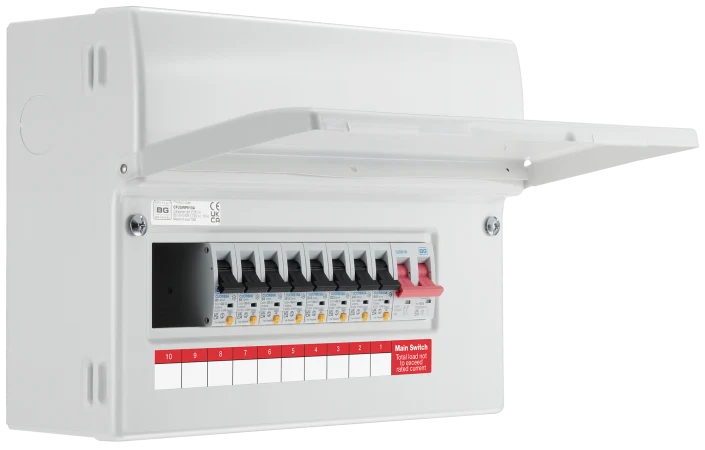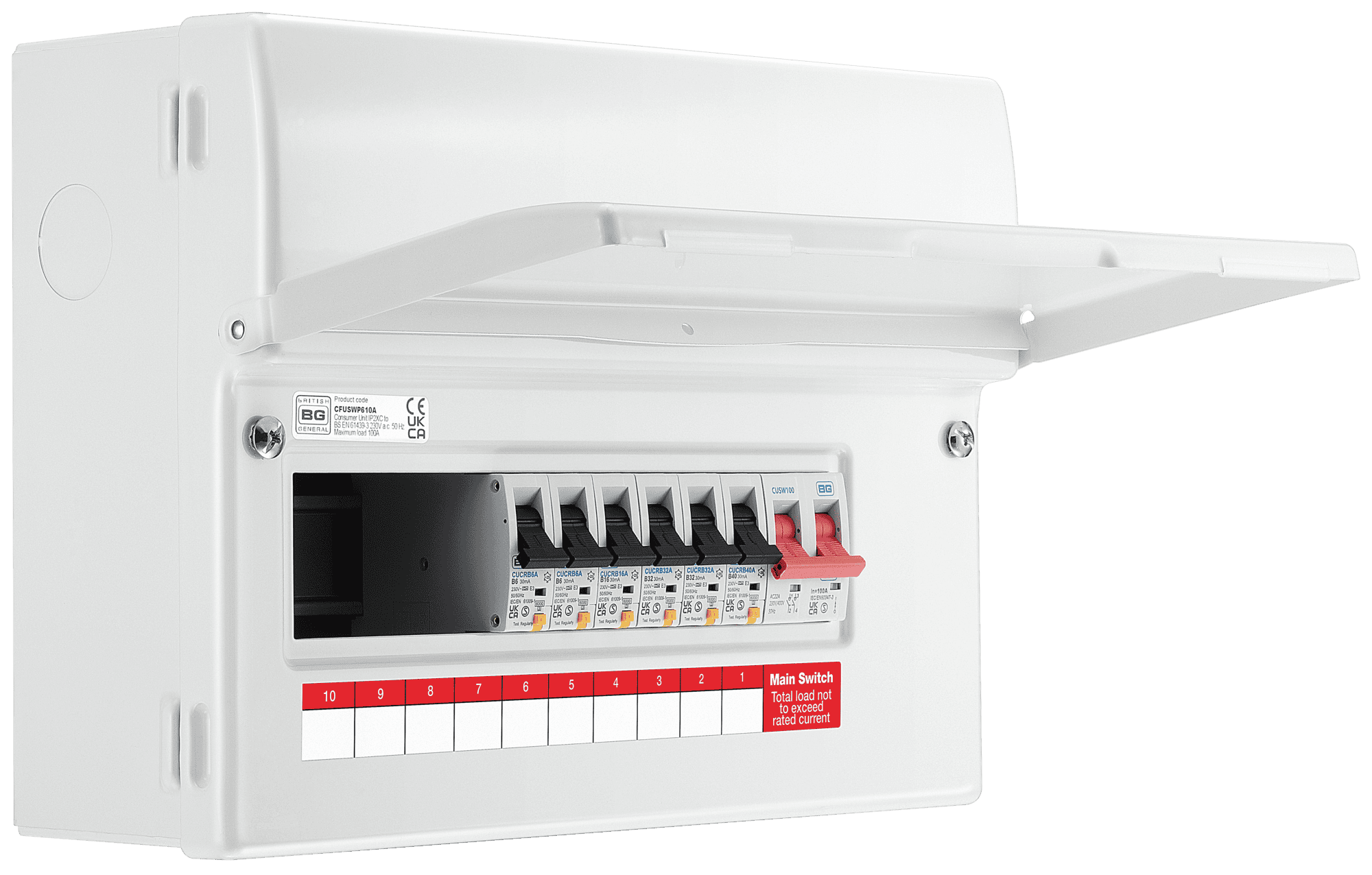How to Choose the Right RCBO CONSUMER UNITS for Your Electrical Needs
The Role of Consumer Devices in Efficient Energy Monitoring Systems
Consumer units are important to efficient power administration systems, offering as the primary circulation points for electrical power within frameworks. The introduction of smart innovations has actually additionally improved their performance, allowing for real-time data tracking and nuanced energy usage evaluation.
Recognizing Customer Units

Recognizing the role of customer systems starts with identifying their important function in guarding electric systems. By isolating mistakes within particular circuits, customer devices prevent prevalent interruptions and possible fire hazards. This isolation is achieved via making use of breaker that trip or integrates that impact when a fault is spotted, thereby removing the electrical circulation to the impacted circuit.
In addition, customer units facilitate the orderly distribution of power, boosting the effectiveness of power usage. They permit for the methodical monitoring of electric loads, which can be particularly vital in industrial and business setups where demand can rise and fall dramatically. Appropriately maintained consumer devices add to the durability of electrical systems and assist in minimizing downtime brought on by electric failures, inevitably supporting the seamless operation of energy-dependent centers.
Smart Technologies Combination

A vital advantage of clever consumer devices is their capability to leverage advanced formulas and artificial intelligence for anticipating analytics. This permits preemptive modifications based on use patterns, climate projections, and various other variables, substantially boosting overall effectiveness. In addition, smart consumer systems promote demand action programs, where power usage can be dynamically readjusted throughout top durations to stabilize the grid and lower costs.
The combination of eco-friendly power resources, such as solar and wind, is also streamlined with wise consumer systems. By smartly managing the intermittency of these resources, these units guarantee a trustworthy and well balanced power supply. In addition, smart consumer units enhance user interaction by offering in-depth understandings and remote capacities via mobile applications, fostering a more proactive approach to energy conservation and sustainability.
Tracking Energy Consumption
Building on the abilities of wise innovations combination, monitoring energy usage comes to be a crucial emphasis within power management systems. Effective tracking serves as the structure for determining power inadequacies More Info and carrying out restorative steps. By leveraging sophisticated metering infrastructure (AMI), real-time information on energy use can be gathered at granular degrees, supplying important insights right into usage patterns and peak demand durations. This data-centric technique allows both consumers and energy managers to make educated decisions targeted at reducing waste and enhancing total performance.
Smart meters and Web of Points (IoT) tools you can look here play an essential function in this surveillance process. These gadgets can track power use in real-time, sending information to central systems for evaluation.
The integration of these technologies not only equips customers with detailed info concerning their power usage however additionally supports utility service providers in taking care of load circulation extra efficiently. Ultimately, accurate and constant surveillance is important for achieving power effectiveness, price savings, and sustainability objectives within power administration systems.
Optimizing Device Use

One effective technique entails determining optimal and off-peak hours to change energy-intensive tasks, such as washing or dishwashing, to times when energy need is lower. This not only lessens stress on the grid but likewise maximizes reduced power tolls. Furthermore, integrating artificial intelligence algorithms allows for anticipating maintenance, ensuring appliances operate at optimal efficiency and prolonging their lifespan.
Power administration systems can also incorporate user-specific preferences and behaviors to customize appliance use routines. For instance, clever illumination systems can readjust illumination based on tenancy and natural light accessibility, while HVAC systems can preserve convenience levels without too much energy usage.
Encouraging Sustainability
Promoting sustainability within energy management systems entails not only enhancing performance however also fostering ecologically accountable methods. Consumer devices are essential to this process, as they provide real-time data and control systems that allow individuals to check and reduce their energy intake. By leveraging innovative technologies, consumer devices can recognize energy-saving possibilities and promote the assimilation of sustainable power sources like solar and wind power.
One important element of advertising sustainability is educating customers on the advantages of liable power use. Through in-depth insights offered by use this link consumer devices, customers can make educated decisions that lessen their carbon impact. These units can recommend optimal times for running high-energy devices based on grid need and renewable power schedule, therefore reducing reliance on fossil fuels.
Moreover, customer systems sustain the adoption of wise grid technologies, which enhance the total performance and integrity of energy distribution. By enabling two-way interaction between consumers and energy companies, these systems can dynamically change to energy needs, minimizing waste and promoting the use of sustainable energy practices.
Conclusion
Customer systems, as important parts of power management systems, dramatically boost electric security and efficiency within structures via circuit security and clever technology integration. Furthermore, the unification of eco-friendly power resources promotes lasting methods, adding to reduced general power consumption and lower carbon footprints.
Breakthroughs in wise technologies have changed the capacities of energy administration systems, specifically via the integration of smart customer devices.Structure on the capacities of clever innovations integration, checking power intake comes to be an essential emphasis within power monitoring systems.Reliable device use optimization is an essential component of power monitoring systems, intending to enhance efficiency and minimize unnecessary power usage.Consumer units, as integral parts of power administration systems, dramatically improve electrical security and effectiveness within buildings through circuit security and wise innovation combination. Furthermore, the unification of renewable power resources promotes lasting methods, contributing to decreased overall power usage and lower carbon impacts.